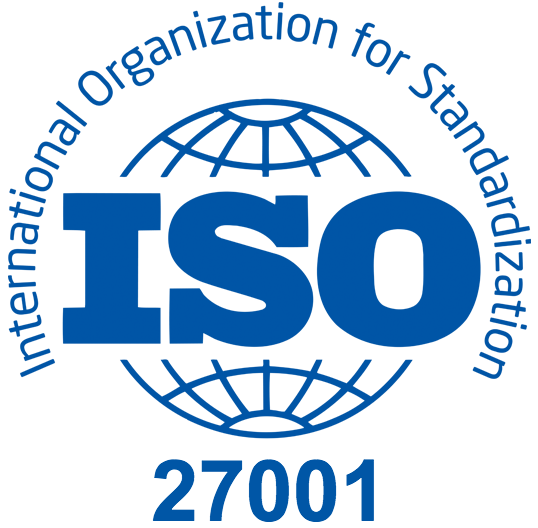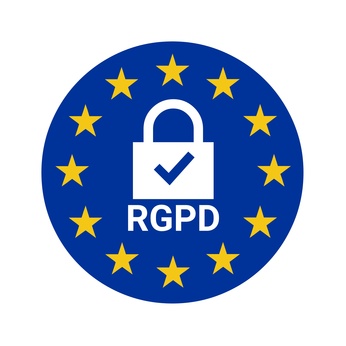The clock is ticking, the pile of files on your desk isn’t getting any smaller and you don’t even have time to take a break… This is the disaster you would have done just as well without, but it happens to the best of us. Actually, 89% of employees don’t finish what they had planned for the day and only get through half of their tasks. But don’t worry! Here are 6 tips for improving your productivity and time management at work.
Prioritise the Most Profitable Tasks
First, some math: according to Pareto’s law, only 20% of the work you do leads to 80% of the results. This means that it is crucial to decide which tasks to complete each day. It’s up to you to judge which tasks seem the most important and the most efficient in terms of time invested. Urgent projects that can’t be put off should obviously be on top of the list. But also set aside time for important projects that take less time, which will give you the sense of accomplishment that all employees are looking for at the end of the day. A tip that makes all the difference? Make sure to set time aside for unforeseen complications that can throw off even the most elegantly organised schedule.
Plan a Reasonable Amount of Work
According to psychologist Roy Baumeister, a single person has about 150 tasks to do each day. Let’s be realistic: this is impossible, whether you are at the office or working from home, even for those with the most unwavering focus. The proof in numbers: according to a study conducted by iDoneThis, a productivity specialist, 41% of the tasks on our to-do lists are not accomplished during the time allowed. This is where the 1-3-5 concept comes in, which will help you set attainable goals. Your schedule should include one main task that takes a lot of time, 3 basic tasks that take less time and 5 quick tasks that are not a priority. This is what a single employee is actually able to accomplish during their workday.
Use a Task Planner
Even if you work from home, digital schedules make managing your days easier. From Google Keep to Evernote to Todoist, they help you inventory the work to be done each day and see the week as a whole. These task managers are the cornerstone of good time management and help you avoid forgetting things. The paper to-do list also has its advantages. You always have it with you, and you get the joy of crossing out that tasks you’ve accomplished. A good way to evaluate your efficiency in real time or boost motivation if you are less productive.
Identify Which Skills You Need
Dispersion is the bane of brain fatigue. Don’t start with the tasks that require too many different skills at once, or you will tire quickly. The best thing to do is plan tasks that require similar skills during the same timeframe. This will help you work faster and more smoothly.
Assess Your Productivity
There are so many factors that influence our productivity, and it isn’t always easy to decide when we work the best during the day. That said, we all have ups and downs that last for 90 minutes on average. These are called ultradian rhythms. For some, it’s the morning. For others, it’s after lunch or afternoon coffee. Use your experience to assess your potential to work and don’t take on too much at a time. It will be very useful to identify the times of day when you are the most and least productive based on your internal clock. You can then plan tasks accordingly, depending on their complexity.
Improve Your Concentration
Good concentration will help you work faster and more efficiently. It’s up to you to eliminate all sources of distraction that take your mind off the tasks at hand. Like the CEO of Twitter, Jack Dorsey, you can make a to-don’t list, where you list all the things you definitely shouldn’t do in order to stay focused: sending personal emails, checking social media, answering the phone when your chatty mother-in-law calls, etc. And why not listen to instrumental music? Several studies show that it boosts concentration.



